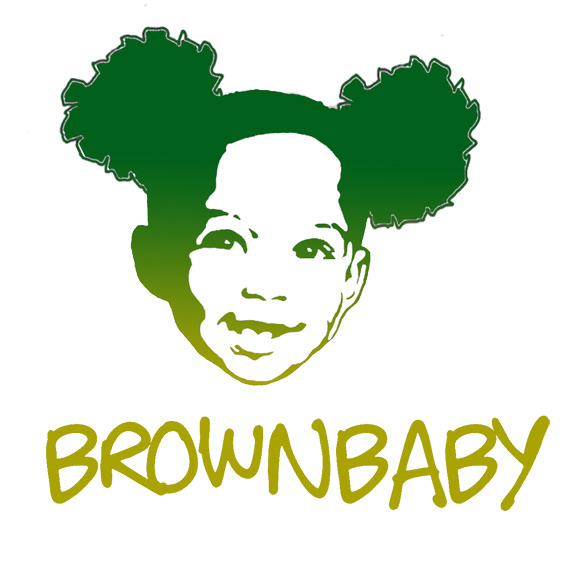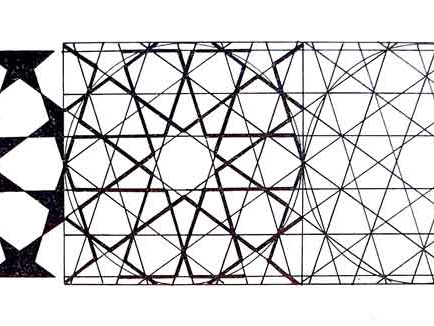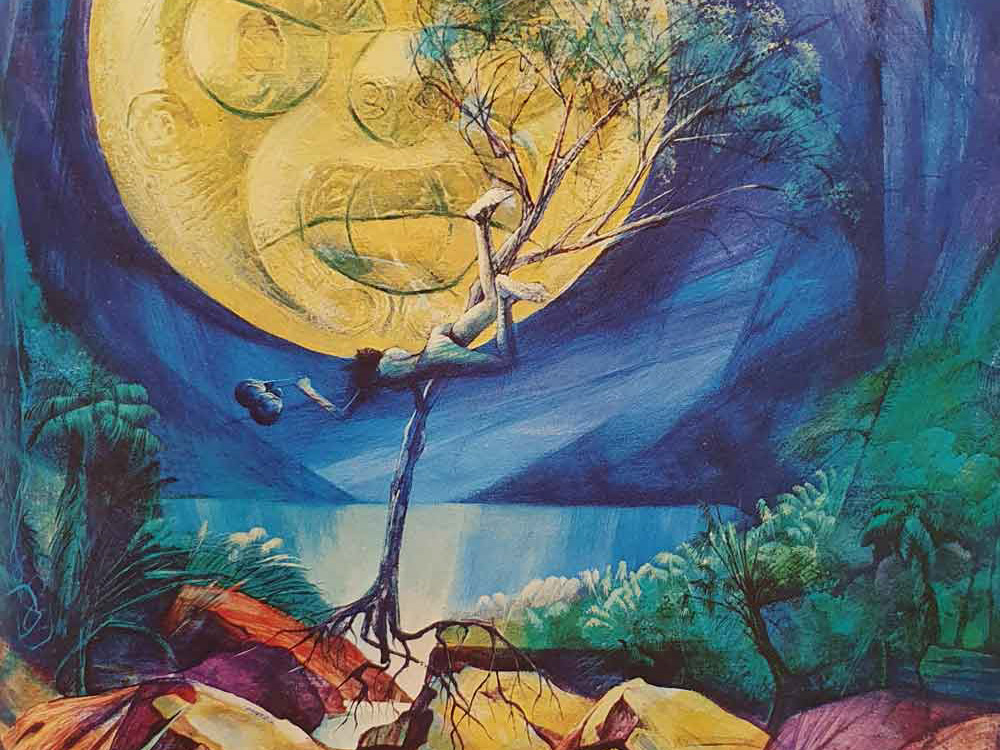Creation myths based on the idea of the circle are found in the traditions of Europe, Africa, and the South Pacific as well as India.
It is not surprising that the circle has also been part of rituals that attempt to induce, channel contain or invite experiences of the sacred. Many religious rituals begin with the establishment of a Sacred Circle. Voodoo priestesses for example trace a circle on the ground to issue an invitation to the Gods. Native American Shield makers begin their sacred work with a circle dance and chants that beseech the guidance of the creator. Some ceremonies use circular movement to create an ecstatic State of Mind. Eskimos incise a circle in stone with repetitive rhythmic movements for long periods of time in order to bring about a chance. Dervishes spin to participate in the sacredness of the circle as a manifestation of celestial harmonies. The dramatic climax of the Sundance ceremony of the Plains Indians comes when participants swing suspended by ropes revolving in a slow circle around a central pole.
The Navajo peoples of the Southwest live a quiet life ruled by traditional ideas about nature, life and health. Illness is thought to be the result of a disruption in natural harmonies. When a Navajo healer is asked to help a sick person he goes through ritual activities that restore the Natural Balance. He smooths a circular area on the ground and creates a mandala with coloured sand. The sand painting is made in a traditional design selected by the healer to address the needs of the situation. Once completed the patient is placed at the centre of the sand painting. The sacred order in the mandala design is thought to restore harmony and invite helpful deities there for bringing about the restoration of health.
Lead Tibetan mandala serves as an issuer laid to Meditation. Mandalas may also be attempted to illustrate a particular spiritual realisation. Some suggest that this is the way ritual mandalas were first created. Tucci agrees that mandalas were first discovered through experiences of introspection driven by "some intrinsic necessity of the human spirit". Only later were they put to use in order to retrace a pathway to states of mind that originally inspired the mandala.
From this discussion it is clear what a rich and meaningful tradition the mandala has for human beings as a method of orientation a YOU practise and a connection to the Cosmic rhythms of the universe.
CREATING MANDALAS
* Gentle music
* Incense
* There is no right or wrong mandala
* Each is simply a reflection of the person you are at that moment in time
* Take part in some relaxation activities
* Use as a little thought as possible, instead be guided by your inner Vision with a circle
* Begin to fill in the circle with colour and form
* You may begin in the centre or around the edge of the circle
* You may have a pattern in mind or you may have none. You work on until you feel the mandala is completed
* Identify the orientation by turning the drawing, looking at it from all angles. Look only at the design itself. One way to know if the mandala is properly oriented is by your sense of balance or a feeling of relaxation that is your inner voice saying "this is right"







